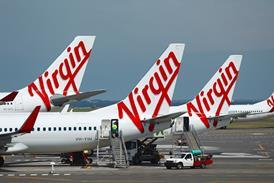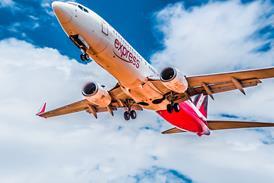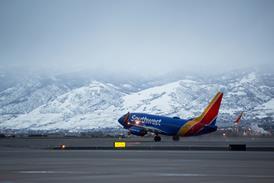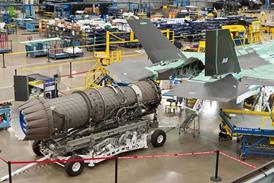Ramon Lopez/WASHINGTON DC
Lockheed Martin Aeronautical Systems (LMSA) believes that the company's selection by the US Navy to conduct a P-3C Orion Service Life Assessment Programme (SLAP) will lead to a major airframe modification effort to keep the USN's long-range maritime-patrol aircraft flying until 2015.
With 200 USN P-3Cs destined for a follow-on service life extension programme (SLEP), and an estimated 350 other Orions in service with 14 other nations, Lockheed Martin hopes to turn the 48-month $30.2 million Phase II/III SLAP award into $1 billion-worth of future business. Director of maritime aircraft programmes Ted Samples says: "The Orion remains a critical line of business for us."
Vice-president of business development Bob Lange adds: "This contract is a crucial step in positioning to win the follow-on contract for extending the Orion's service life."
The latest life assessment award follows completion of the preliminary 24-month Phase I SLAP contract awarded to Lockheed Martin. A Raytheon Systems/Bombardier Services team had hoped to wrest the work away from the incumbent based on Raytheon's ongoing P-3 anti-corrosion work.
Although the USN could acquire a new Mutimission Maritime Aircraft (MMA) in the 2015 timeframe, USN and company officials say that the as-yet-unfunded SLEP could evolve into the MMA, should additional P-3 remanufacturing, including new powerplants, avionics and wings, be the selected solution. Officials say that a new design is "unlikely", but a navalised Lockheed Martin C-130J and a militarised Boeing 737 remain candidates for a new aircraft.
The SLAP work includes full-scale fatigue testing, teardown and SLEP kit definition.
Source: Flight International























